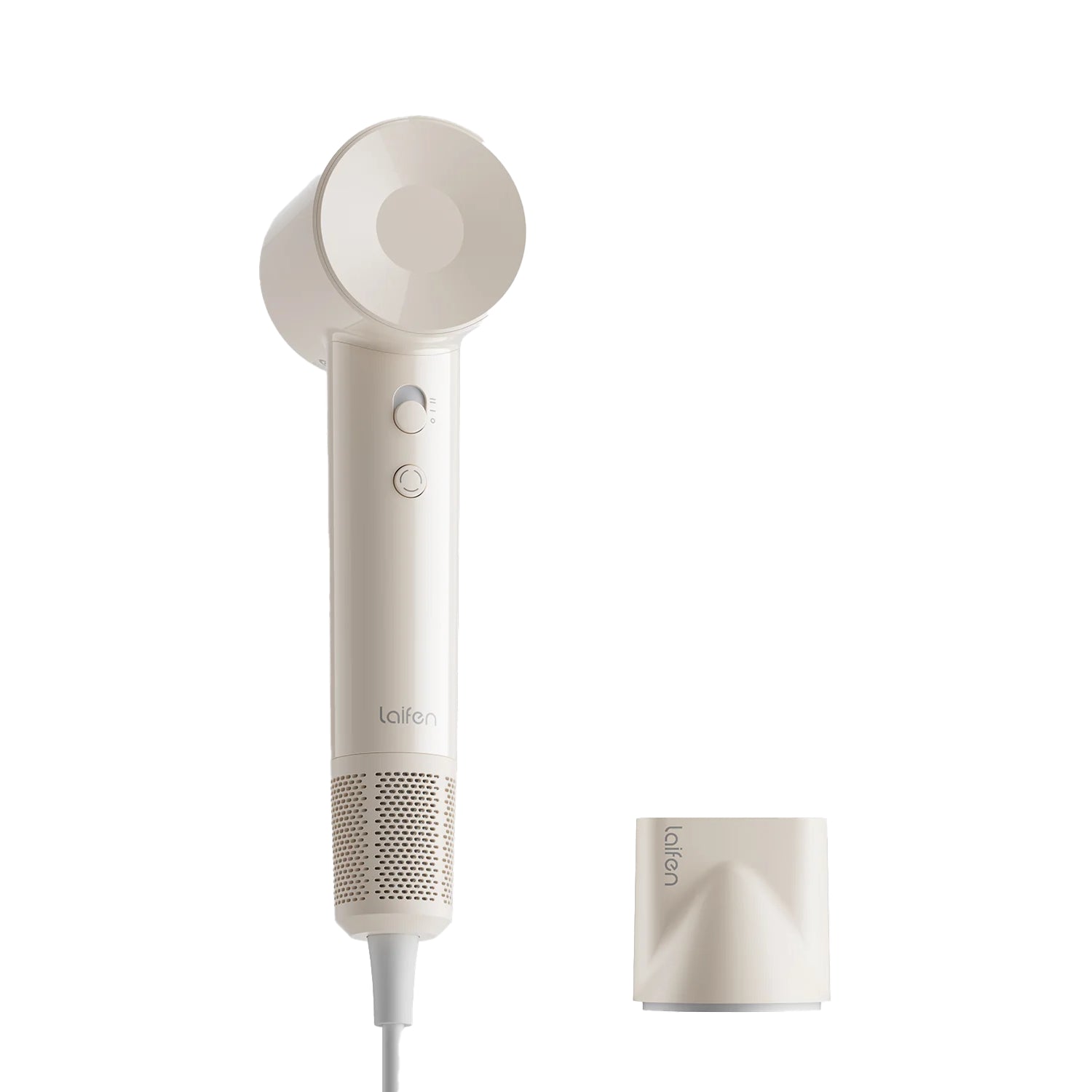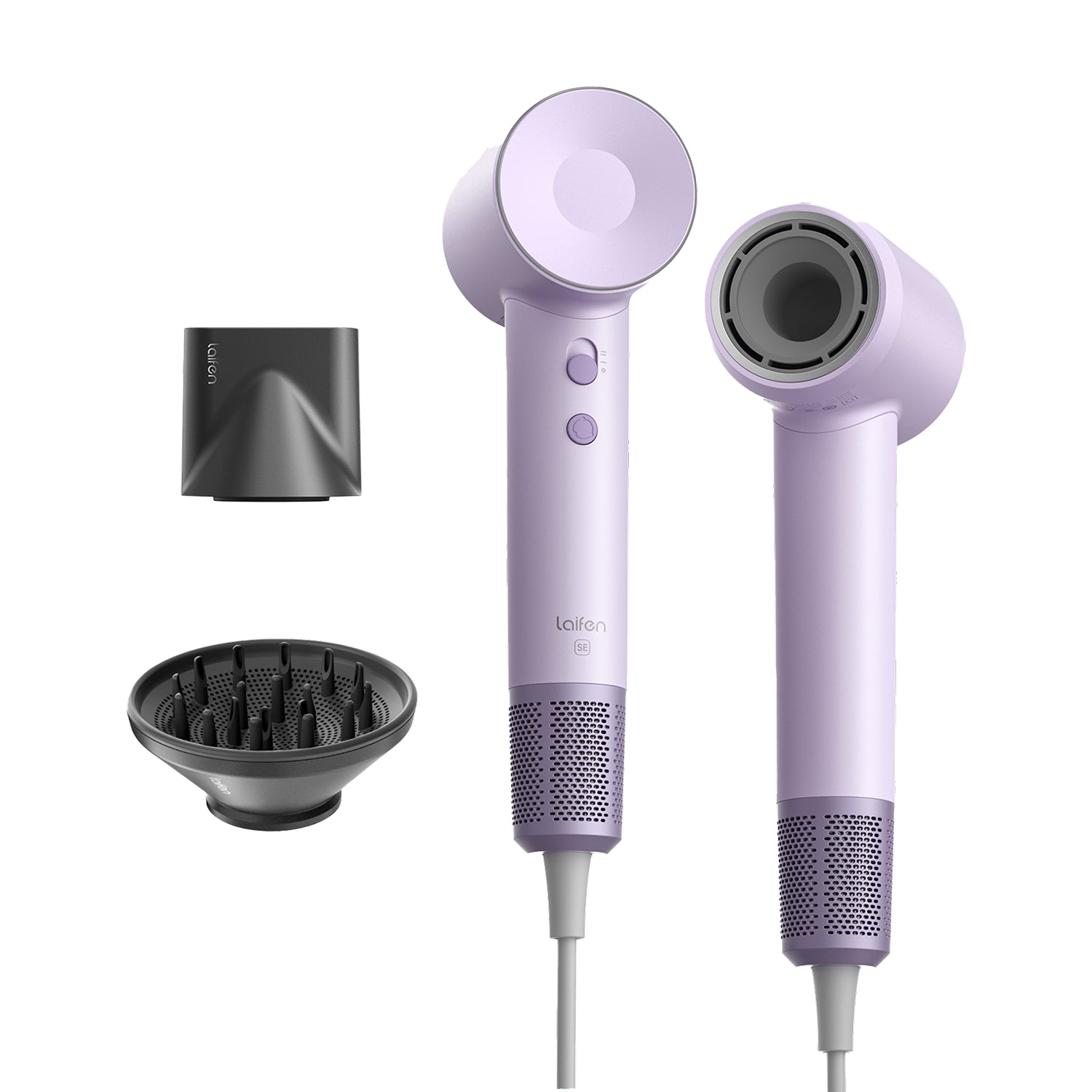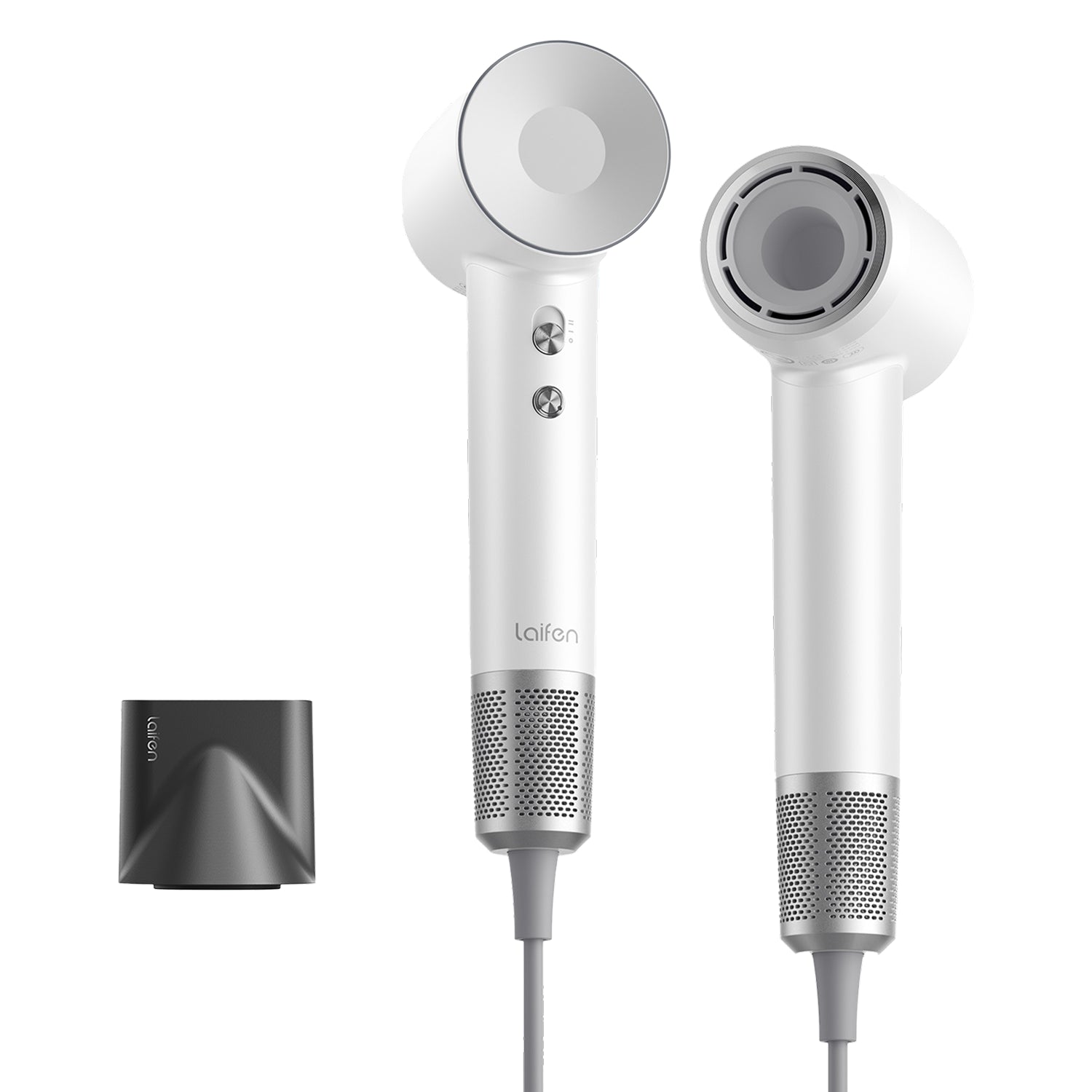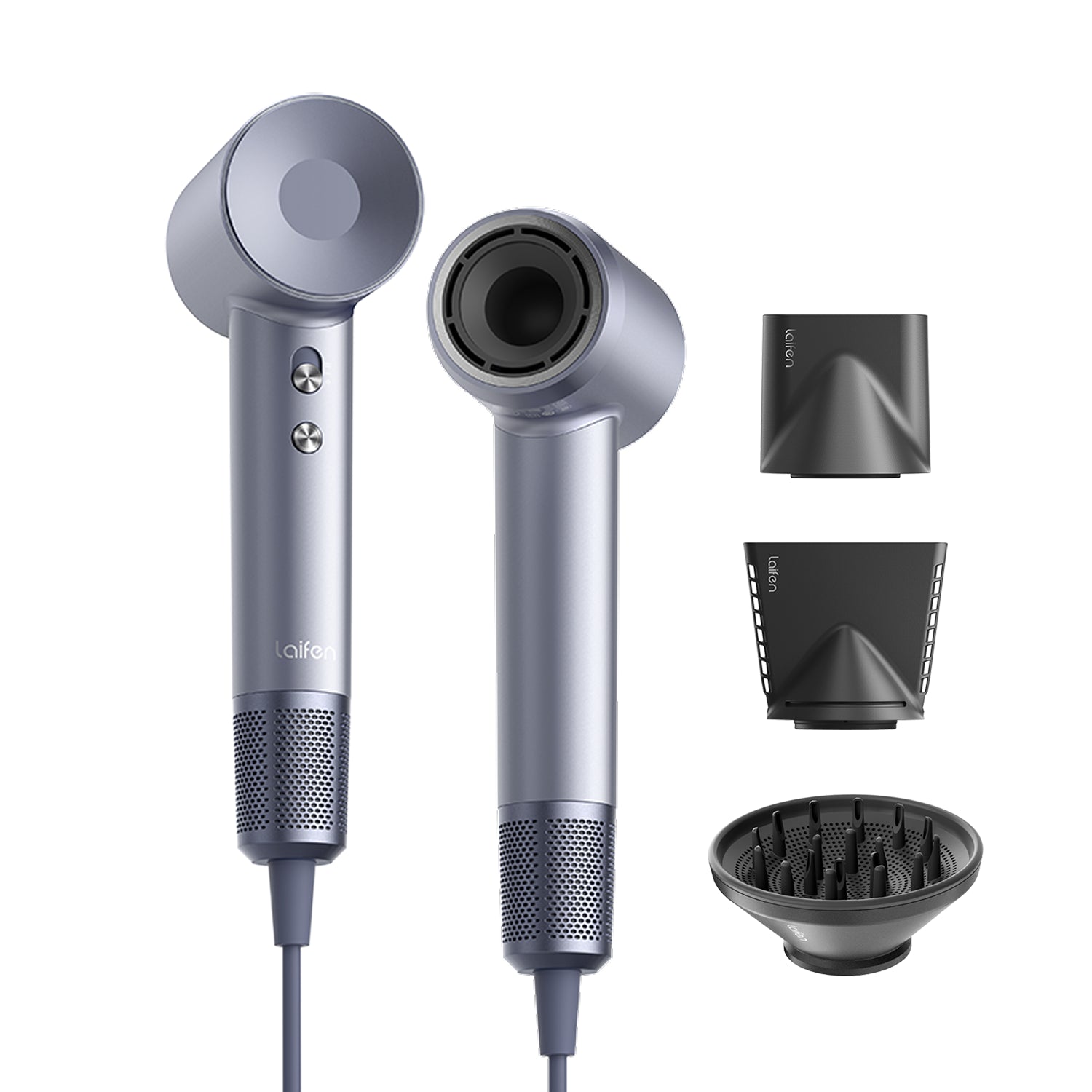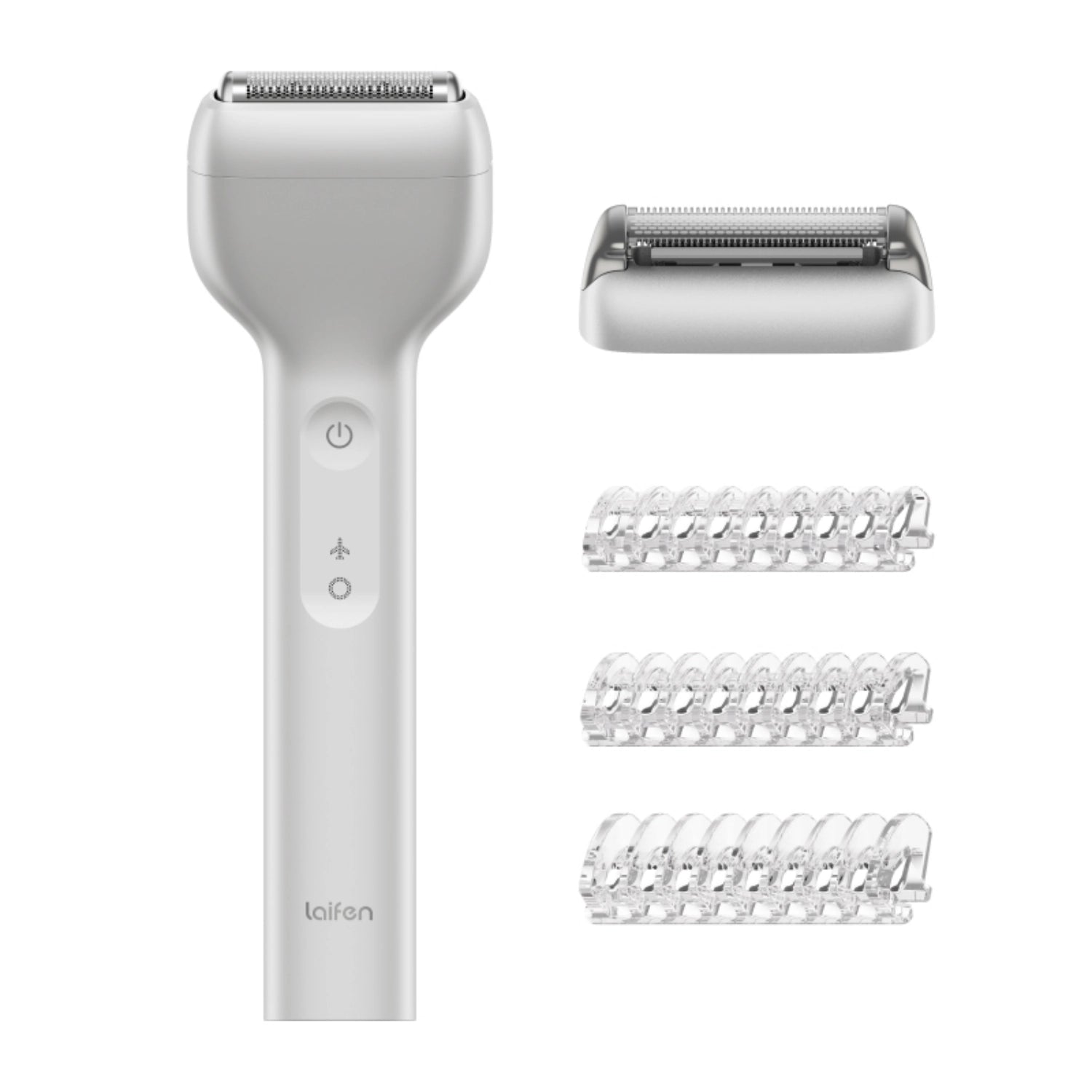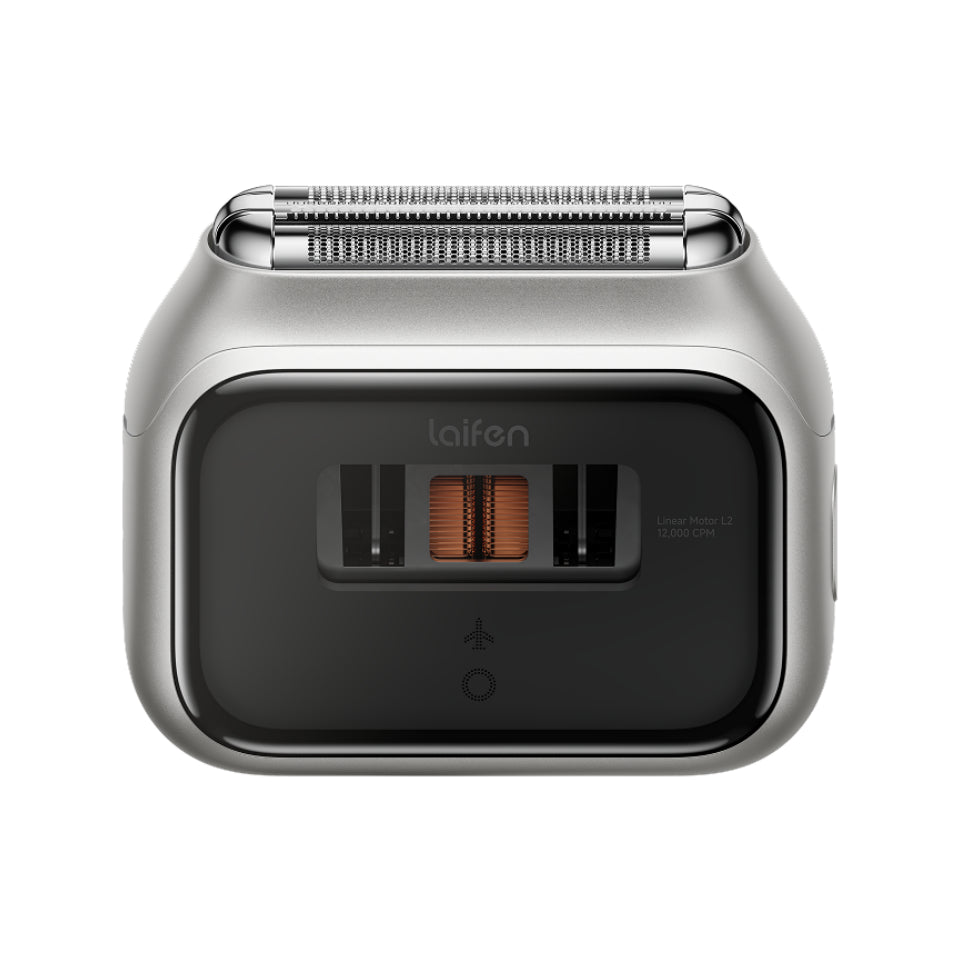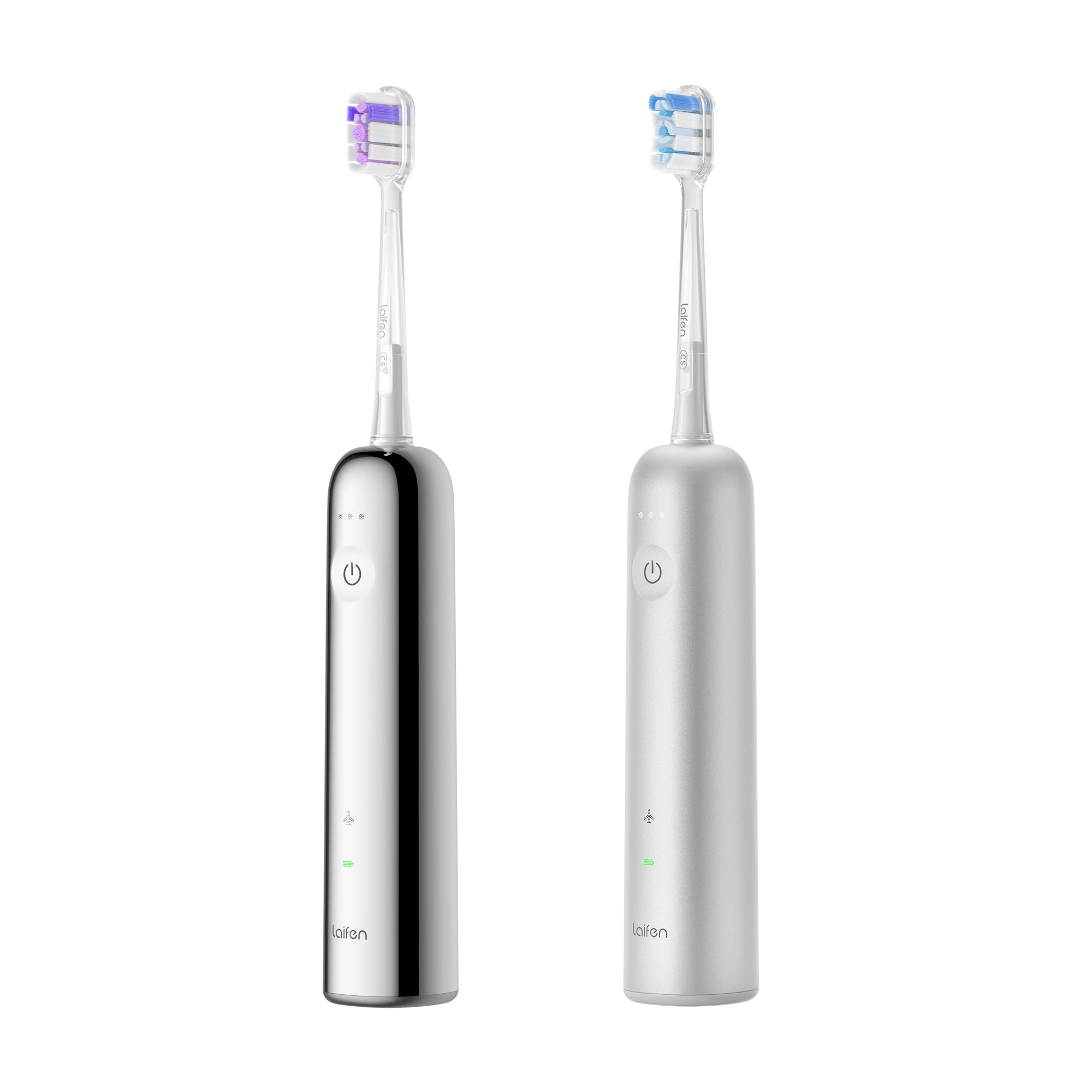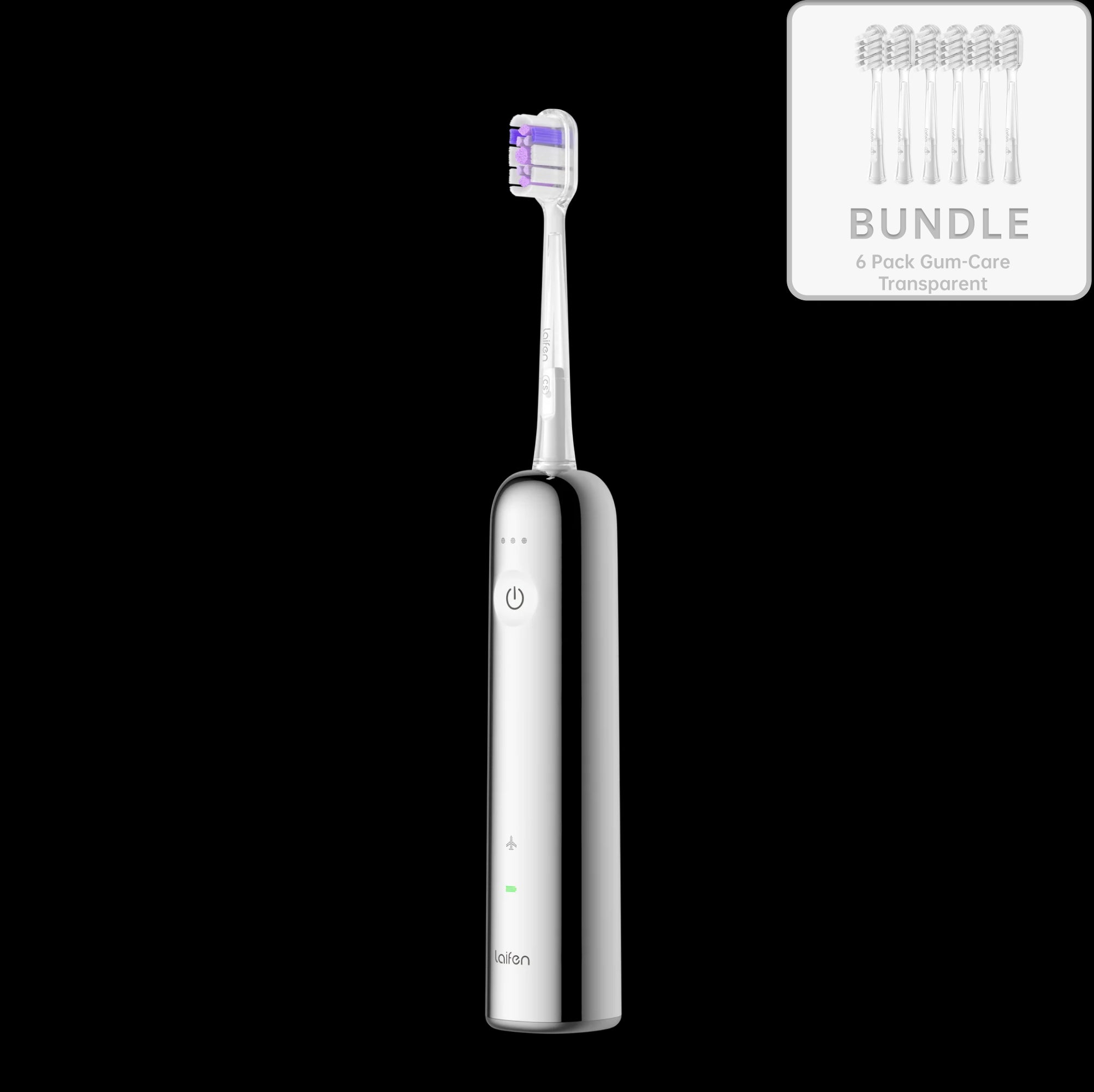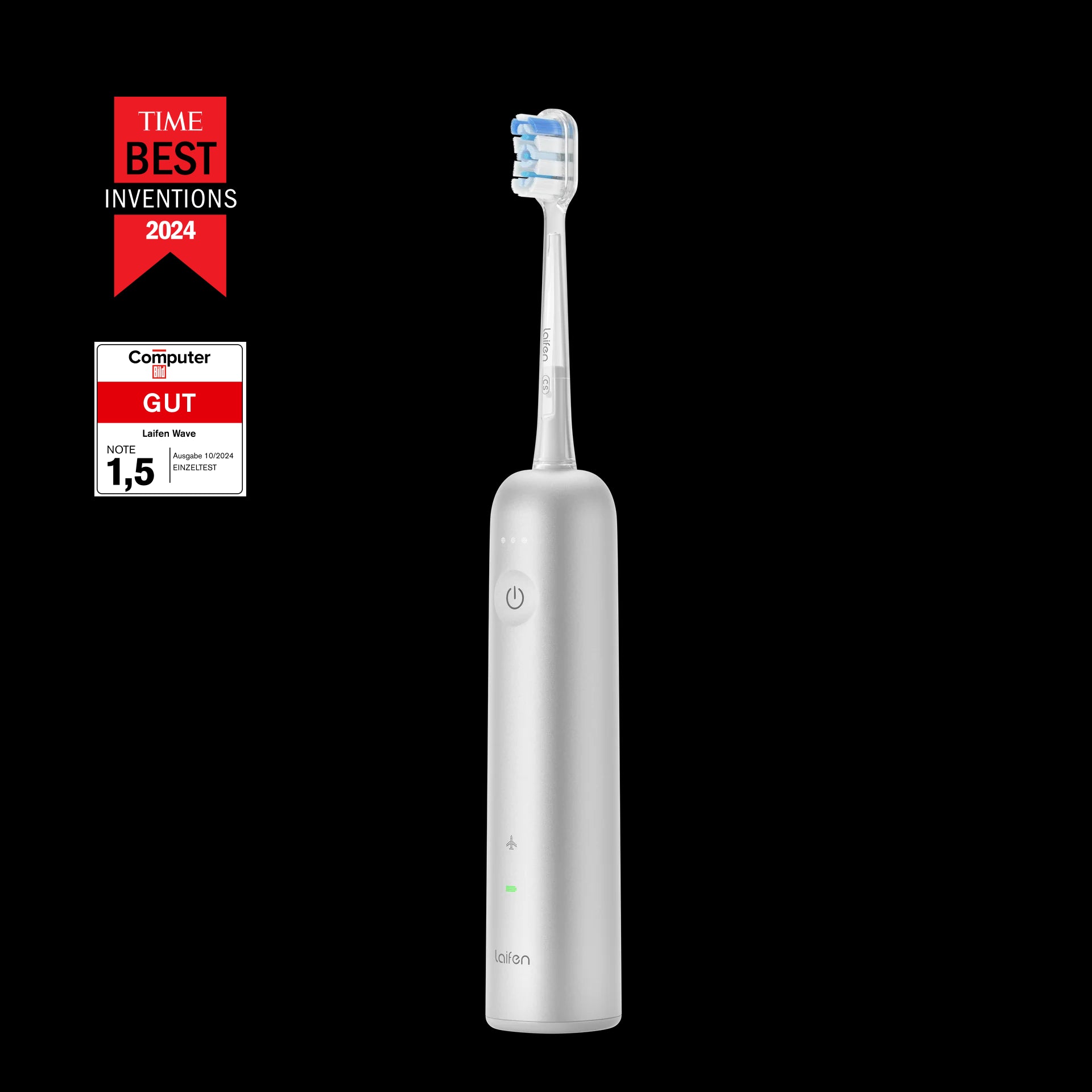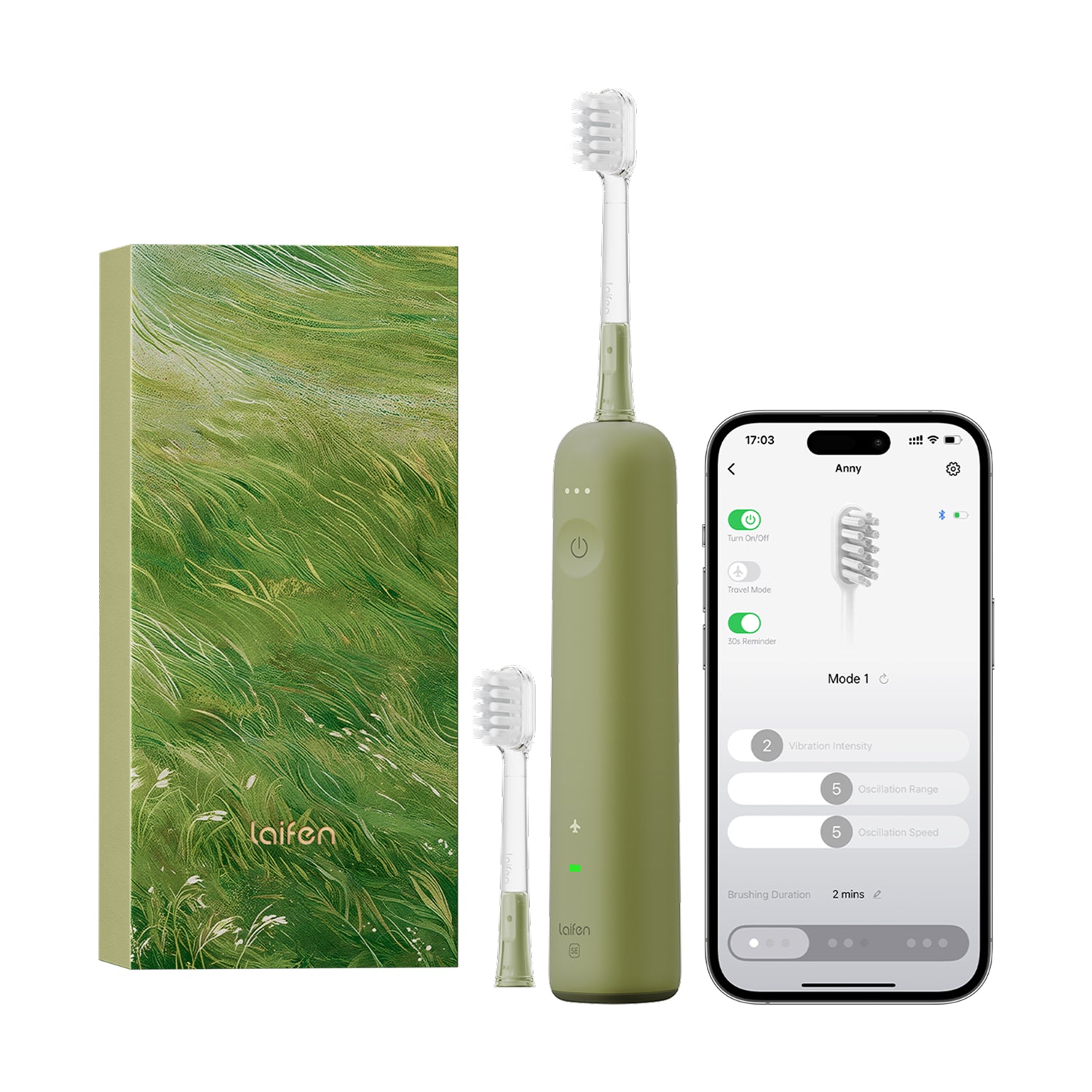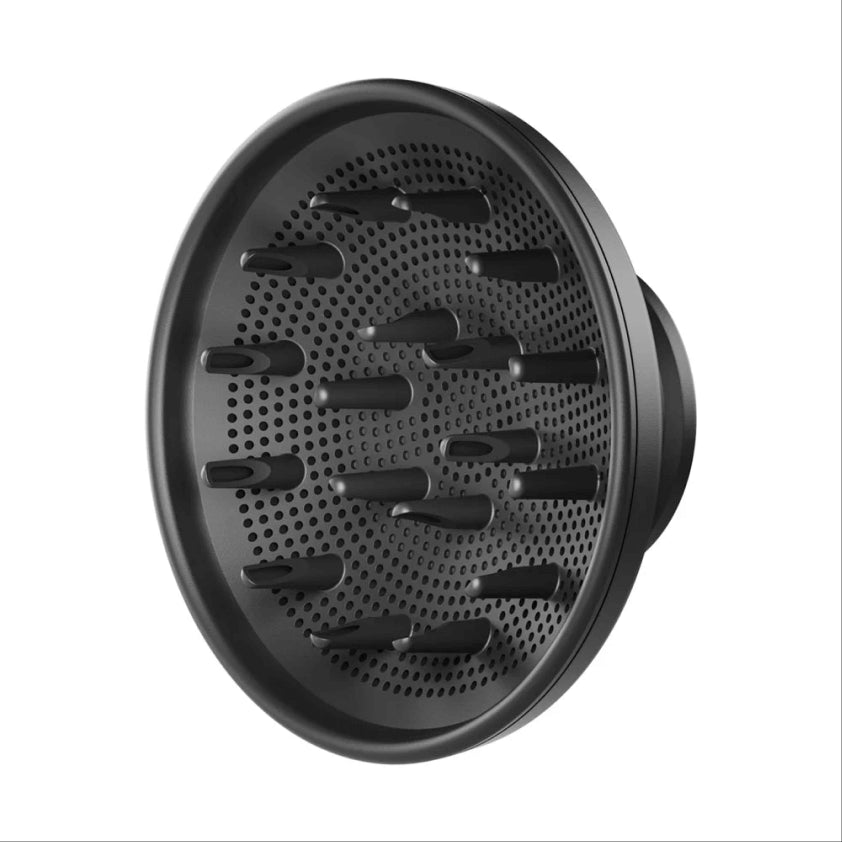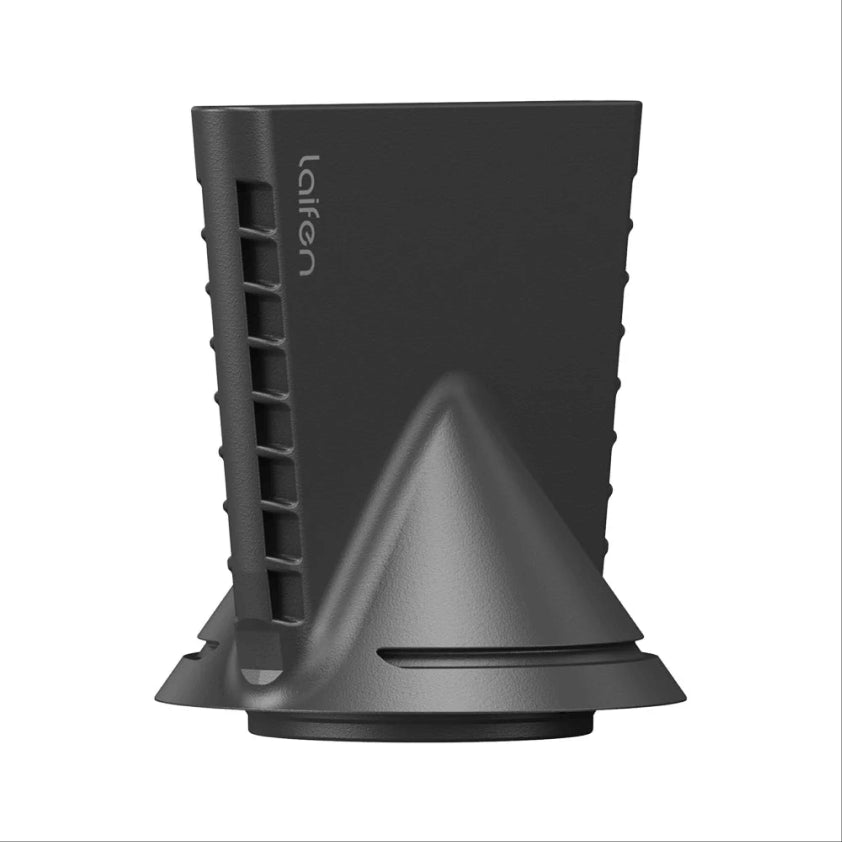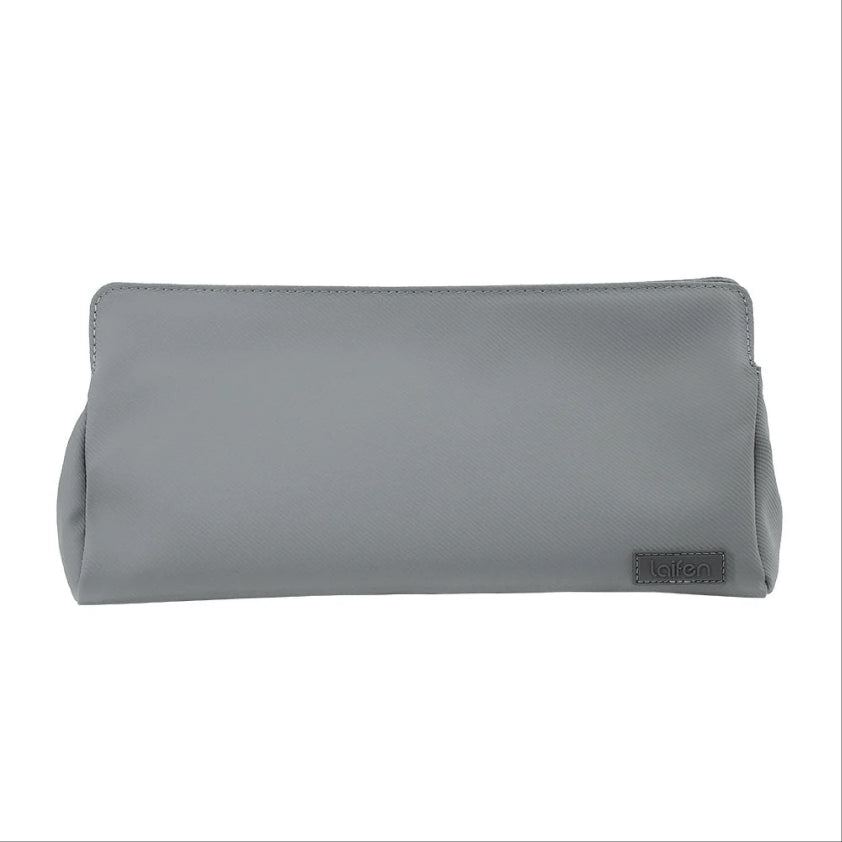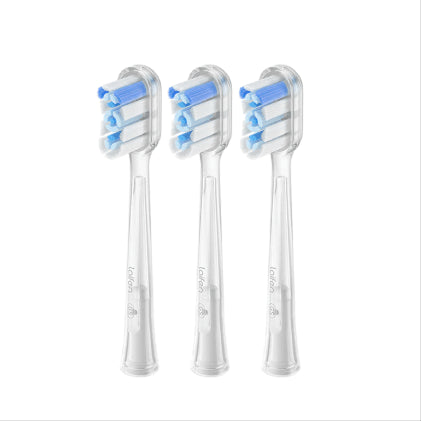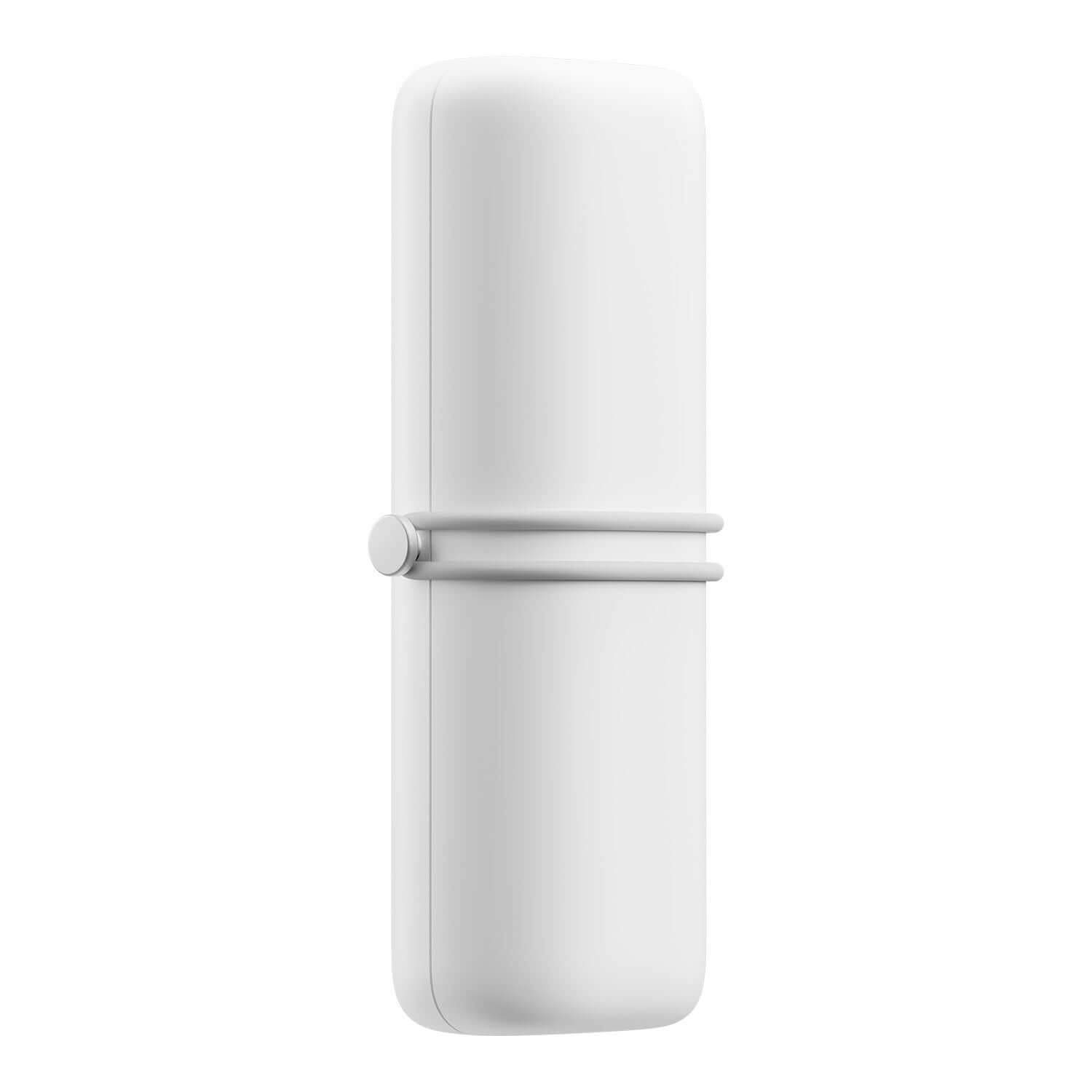
In this article
- Overcrowded or overlapping teeth
- Large gaps or spaces between teeth
- Difficulty biting or chewing food properly
- Protruding front teeth (overjet)
- Teeth that meet abnormally (overbite or underbite)
- Jaw shifting or making clicking sounds
- Speech impediments due to dental issues
- Difficulty in cleaning teeth due to their alignment
- Uneven wear or erosion of tooth enamel
- Self-consciousness about smiling due to dental appearance
Considering the need for braces can lead to various questions and concerns. Many seek braces to correct misaligned teeth, improve their bite, or enhance their smile's aesthetics.
However, the decision often involves weighing factors like cost, treatment duration, and potential discomfort.
While costs can vary depending on factors like location and type of braces, many find it a worthwhile investment in their long-term oral health and confidence.
Luckily, in the upcoming article, we'll show you 10 signs that might indicate a need for braces. Are you ready to choose a suitable brace for your teeth? Let's move on.
Overcrowded or overlapping teeth
Have you ever noticed how some people's teeth seem to jostle for space in their mouths? That's often because of genetics or habits like thumb sucking during childhood. It's like a puzzle where the pieces just don't quite fit together, leading to teeth overlapping or crowding.
So, if you find yourself struggling to floss between tightly packed teeth or feeling self-conscious about your smile, it could be a sign that braces might help.
Large gaps or spaces between teeth
Those endearing gaps between teeth, like natural accents in a smile's melody. While they add character, they can also signal a need for braces. These spaces, called diastemas, often indicate misalignment issues. For some, embracing these gaps is part of their charm. But for those seeking a symphony of straight teeth, orthodontic treatment like braces can close these gaps.
Difficulty biting or chewing food properly
Struggling to take a satisfying bite or chew your favorite foods? It's like trying to dance with two left feet, isn't it? Difficulty in biting or chewing properly can stem from various dental issues. Misaligned teeth or jaws can make the process feel like a clumsy waltz. These challenges might also hint at underlying problems such as temporomandibular joint (TMJ) issues.
Protruding front teeth (overjet)
Front teeth stealing the show? Sometimes, they seem to push their way forward, commanding attention with their prominent presence.
This condition is different, called overjet, can feel like your smile is leaning a little too far forward, eager to make a statement.
It's often caused by jaw or teeth misalignment and create an imbalance in your bite.
Teeth that meet abnormally (overbite or underbite)
Imagine your upper and lower teeth engaged in a tug-of-war, each vying for dominance. That's the tale of an abnormal bite, whether it's an overbite or an underbite.
Picture it: your upper teeth looming over the lower ones like a cliff edge, or your lower teeth protruding like a misaligned puzzle piece. These misalignments, while they may give your smile a unique character, can also cause functional issues like difficulty biting or chewing. It's like a quirk in your smile's story, adding intrigue and charm.
Jaw shifting or making clicking sounds
When your teeth are out of whack, talking feels like wrestling with an alligator. Misaligned teeth or a wonky jaw can mess with your speech, making you stumble over words like a bull in a china shop.
It's frustrating as heck, isn't it? You end up sounding like you've got a mouthful of marbles.
But hey, getting that fixed isn't just about sounding smooth—it's about feeling like the king of the jungle again.
Speech impediments due to dental issues
Speech issues caused by dental problems can be a real pain in the neck. Imagine trying to talk straight with your teeth playing tricks on your tongue, like a stubborn mule in a parade.
It's like trying to sing a tune with a guitar missing strings. Lisps and other speech snags can drive you nuts, messing with your mojo in conversations. But hey, it's not all doom and gloom.
Difficulty in cleaning teeth due to their alignment
When your teeth decide to play hide and seek with your toothbrush, it's like wrestling a greased pig. Misaligned teeth turn brushing into a game of Twister, leaving nooks and crannies untouched like forgotten treasure in a dusty attic.
Flossing feels like trying to thread a needle in the dark, with those crooked teeth laughing at your futile attempts. It's a struggle, alright, and plaque buildup becomes the enemy lurking in the shadows. But fear not, mate.
Uneven wear or erosion of tooth enamel
When your teeth start wearing down like an old pair of shoes, it's like they've been on a rough journey without you. Uneven wear or erosion of tooth enamel can turn your smile into a rocky terrain, with peaks and valleys where they shouldn't be. It's like Mother Nature's carving her own design on your teeth, and it's not always a masterpiece.
But here's the kicker: this uneven wear can signal a need for braces. When your teeth don't align properly, they rub against each other in all the wrong places, wearing down enamel unevenly.
So, if you're noticing your smile looking a bit rough around the edges, it might be time to consider braces to straighten things out and preserve that precious enamel. Just the other symptoms.
Self-consciousness about smiling due to dental appearance
When you start feeling self-conscious about flashing those pearly whites, it's like putting a muzzle on your personality. Being hesitant to smile due to dental appearance can feel like hiding behind a mask, afraid to let your true self shine through.
Whether it's crooked teeth, gaps, or other dental imperfections, they can cast a shadow on your confidence, dimming the radiance of your smile. But here's the thing: braces can be the key to unlocking that confident grin. By straightening out those dental woes, braces can help you break free from self-doubt and embrace your smile with pride.
What kind of braces you need?
Here's a simple table outlining different types of braces and their features:
|
Type |
Details |
|
Traditional metal braces |
Made of high-grade stainless steel, these are the most common type. They consist of metal brackets and wires that are adjusted periodically to shift teeth into place. |
|
Ceramic braces |
Similar to traditional braces but made of clear or tooth-colored ceramic materials, making them less noticeable. They're a popular choice for those concerned about aesthetics. |
|
Lingual braces |
These braces are placed on the backside of teeth, making them virtually invisible from the front. They're custom-made to fit each patient's teeth and can be more challenging to adjust and clean. |
|
Clear aligners (e.g., Invisalign) |
These are a series of clear, removable trays custom-made to gradually shift teeth into place. They're virtually invisible and can be removed for eating and oral hygiene, offering greater convenience. They may not be suitable for severe orthodontic issues. |

